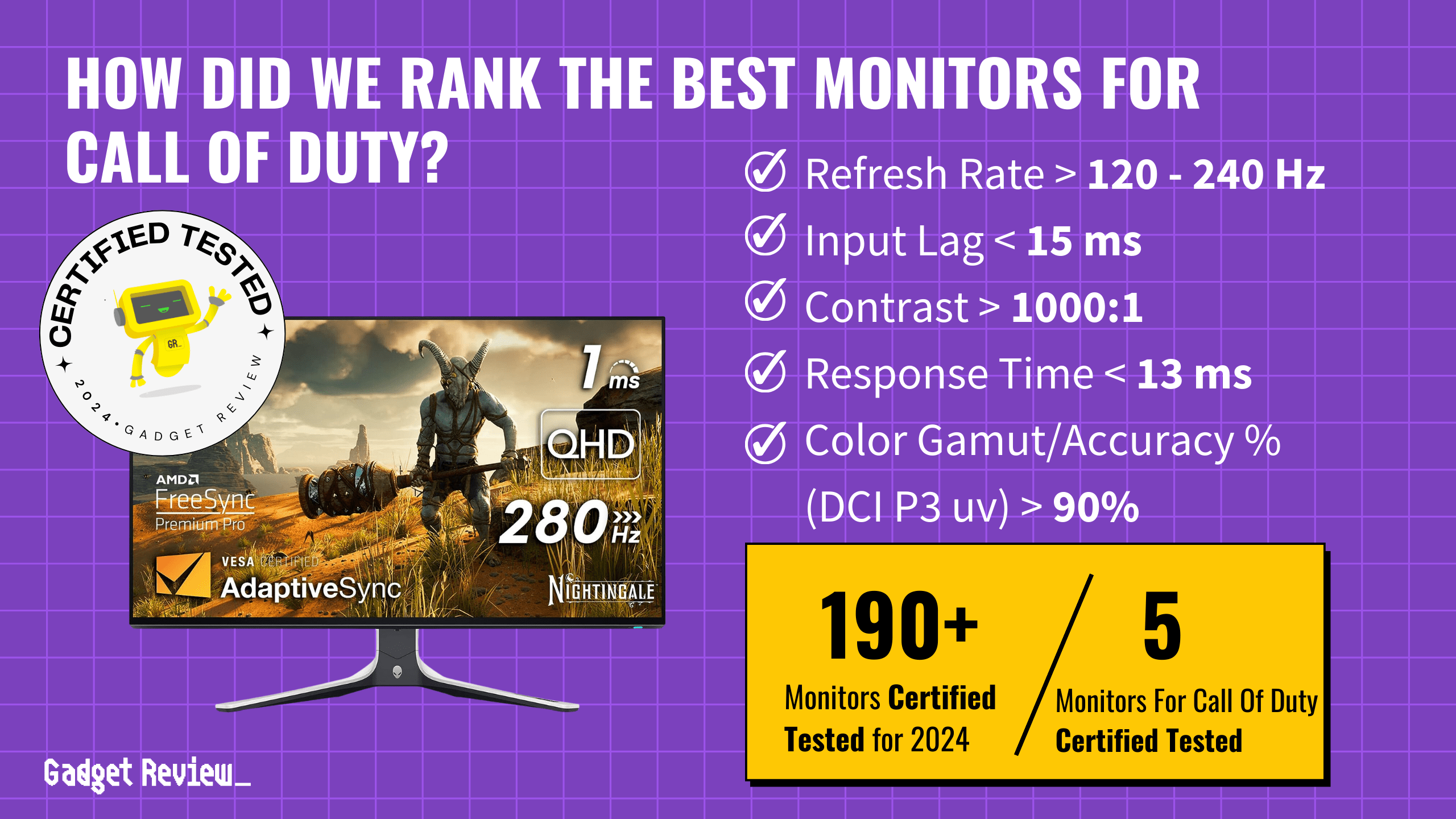If you are shopping around for a new display, you are likely comparing 4K vs 2K computer monitors. The best computer monitors around, after all, tend to ship with one of these high-definition resolutions. Keep reading to learn the key differences between the two monitor types.
Key Takeaways_
- 4K monitors offer twice the pixel count and display resolution when compared to 2K monitors, leading to increased image quality.
- However, 4K monitors are more expensive than 2K displays and may take up more desk space.
- 4K displays demand more resources from your CPU and GPU, which could result in reduced performance if used as a gaming monitor.
Differences Between 4K and 2K Computer Displays
The terms “2K” and “4K” refer to one quality only, and that’s pixel resolution, or the number of tiny dots that make up the overall image on the screen. A greater pixel resolution will result in a sharper, more detailed image, but are generally more expensive, and you may experience diminishing returns at extremely high resolutions.
2K monitors, then, are those that are 2,000 pixels wide (actually most commonly 2,560, to be precise). When referred to by height instead, you may hear the term “1440p,” as indeed that’s the usual height of such displays. Below, you can see a full comparison of the most common monitor resolutions, as well as other names they go by, to clear up any confusion the technical terms and marketing jargon may create.
| Name | Also Known As | Pixel Resolution |
|---|---|---|
| 1080p | High Definition (HD), Full HD (FHD) | 1920 x 1080 |
| 2K | 1440p, Quad HD (QHD), WQHD (Wide QHD) | 2560 x 1440 |
| 4K | 2160p, Ultra HD (UHD) | 3840 x 2160 |
| 8K | 4320p, Ultra HD-2 (UHD-2), Full Ultra HD (FUHD) | 7680 x 4320 |
Both options make great entertainment monitors due to the sheer number of horizontal pixels and vertical pixels. Here are some more differences between the two display types.
Cut Corners on a Budget
Among monitors of the same price range, especially so if you’re on a tighter budget, a higher resolution display may have cut corners in other areas. Refresh rate, input lag, color gamut and more could take a hit to allow for the manufacturer to fit in that 4K display. Because a 2K display is comparatively modest, with less than half the total pixel count of a 4K monitor, it can leave more financial overhead to improve other aspects of the monitor for the same price.
insider tip
Higher-resolution monitors can also come with a greater performance overhead, especially when gaming. Make sure your video card is up to task before making an upgrade.
Cost
4K monitors are the latest and greatest out there, so they tend to cost significantly more than QHD monitors. You’ll notice the price balloons out quickly beyond the absolute most budget 4K displays, while 2K displays are available with competitive specs at a comparatively reasonable price.
Immersive Picture
Higher pixel counts typically translate to a sharper image and more immersive experience, particularly while watching movies or playing games. If you are looking to get totally lost in some content, a 4K monitor will be the better choice. Just make sure you have plenty of desk space, as 4K screens tend to be much larger than 2K and 1080p displays. The smallest UHD monitors come in at around 27 inches.


























